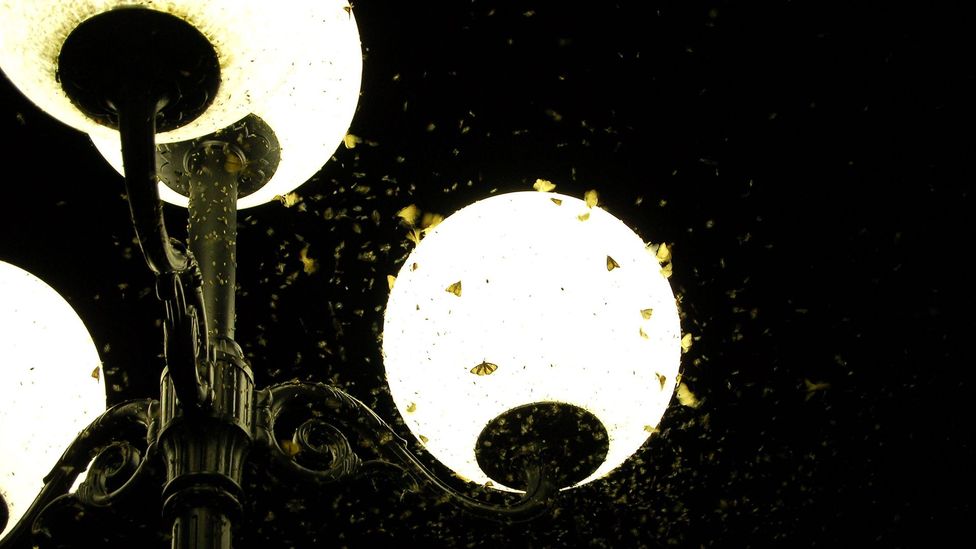- 80% of the world’s population lives in the haze of a perpetual glow in the hours of darkness
- The deaths of birds act as a catalyst for a city-wide effort to tackle the impact of light pollution
To switch off lights at night?
The unfortunate creatures end up there after crashing into the city’s brightly lit skyscrapers. Maciejewski bags and labels dead birds and scoops up those that are simply dazed, moving them out of the way of hurrying commuters.
But the morning of Friday 2 October 2020 was different. Maciejewski was kneeling on the pavement picking up a clutch of dead birds when someone ran up and pointed out another cluster around the corner. A few minutes later, someone else told him about a pile further up the street.

How it affects birds?
“After a while, I just couldn’t keep up… it got so overwhelming that I stopped putting them in individual bags,” he says. “I just put them in a big plastic bag.” It was clearly upsetting for Maciejewski – his voice cracks with emotion as he reveals that he ended up collecting around 400 dead birds that day. Usually, he would expect to pick up 20.
The deaths were the result of a mass collision event, caused by a combination of overnight conditions: a low cloud ceiling, fog, and rain. “The birds were flying fairly low,” says Jason Weckstein, the associate curator of ornithology at the Academy of Natural Sciences of Drexel University.
Normally migratory birds use celestial cues such as the stars to help them navigate. Disorientated by cloud and fog, however, they are thought to have been drawn off course by the city lights and smashed into the glass buildings. In total, around 1,500 birds died that night. “They were able to see the [city] lights and the lights attract them in,” says Weckstein.
Did you subscribe to our daily newsletter?
It’s Free! Click here to Subscribe!
Source: BBC

















